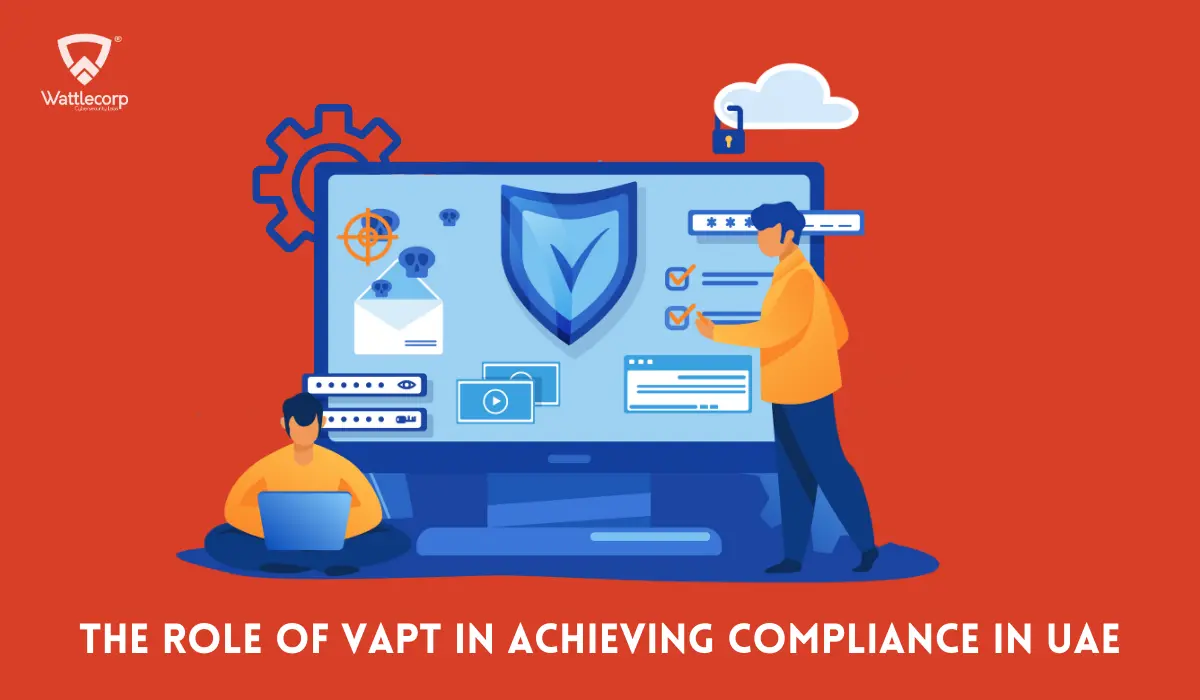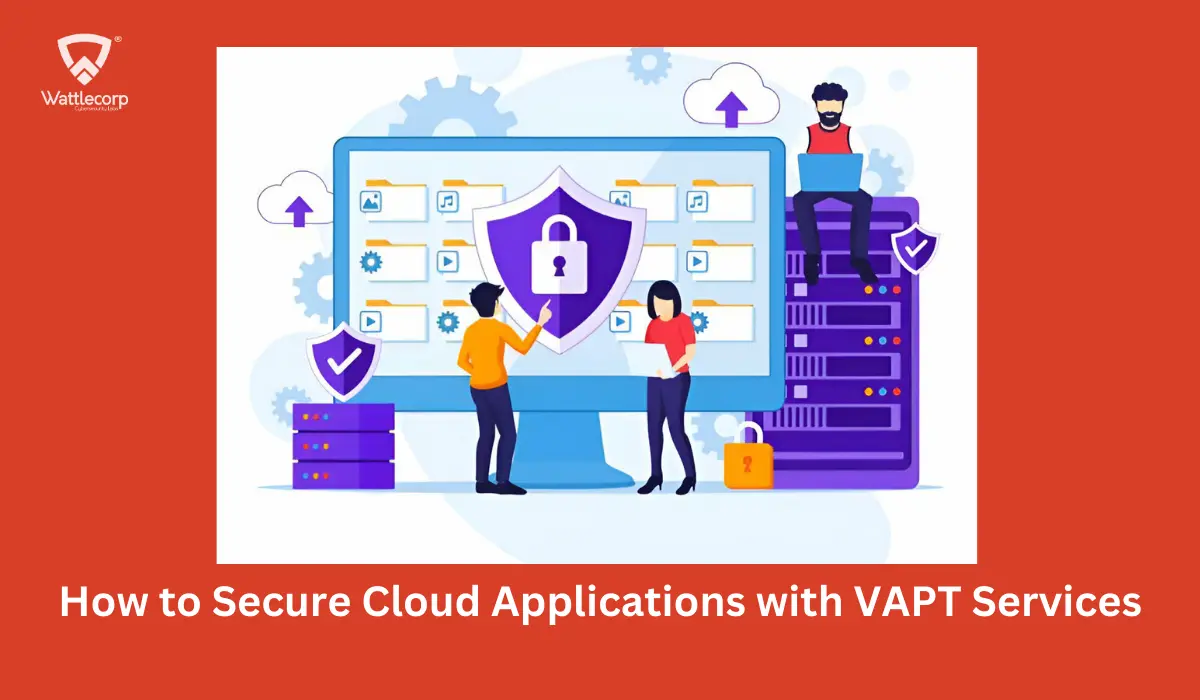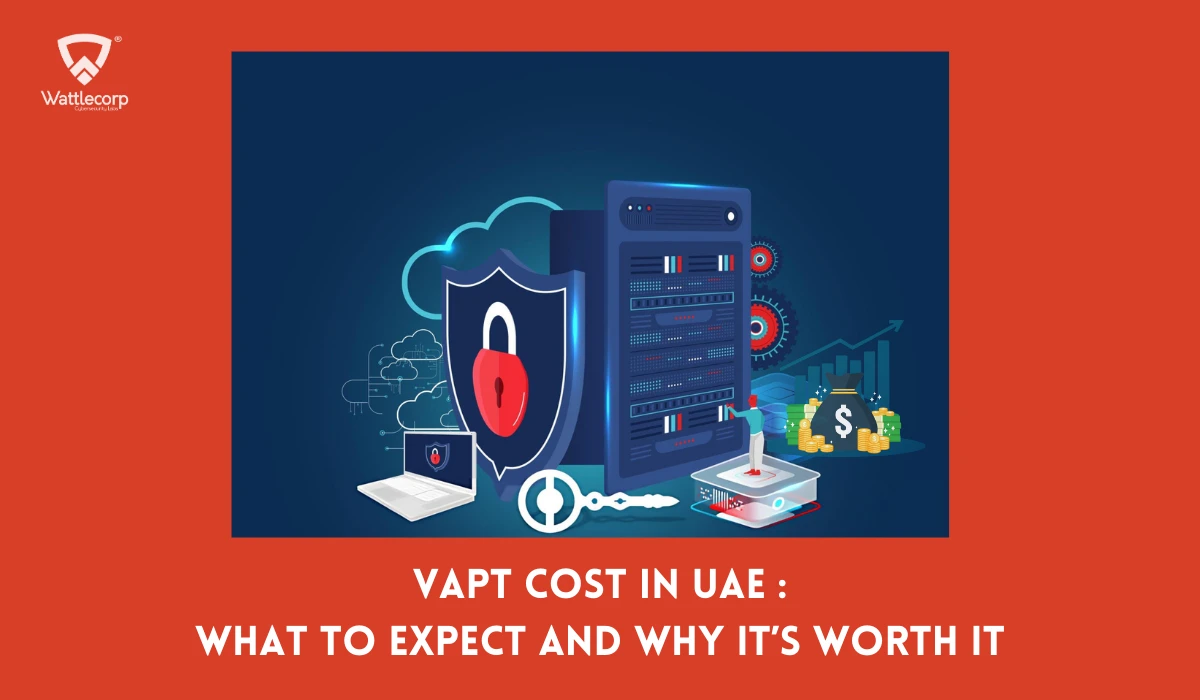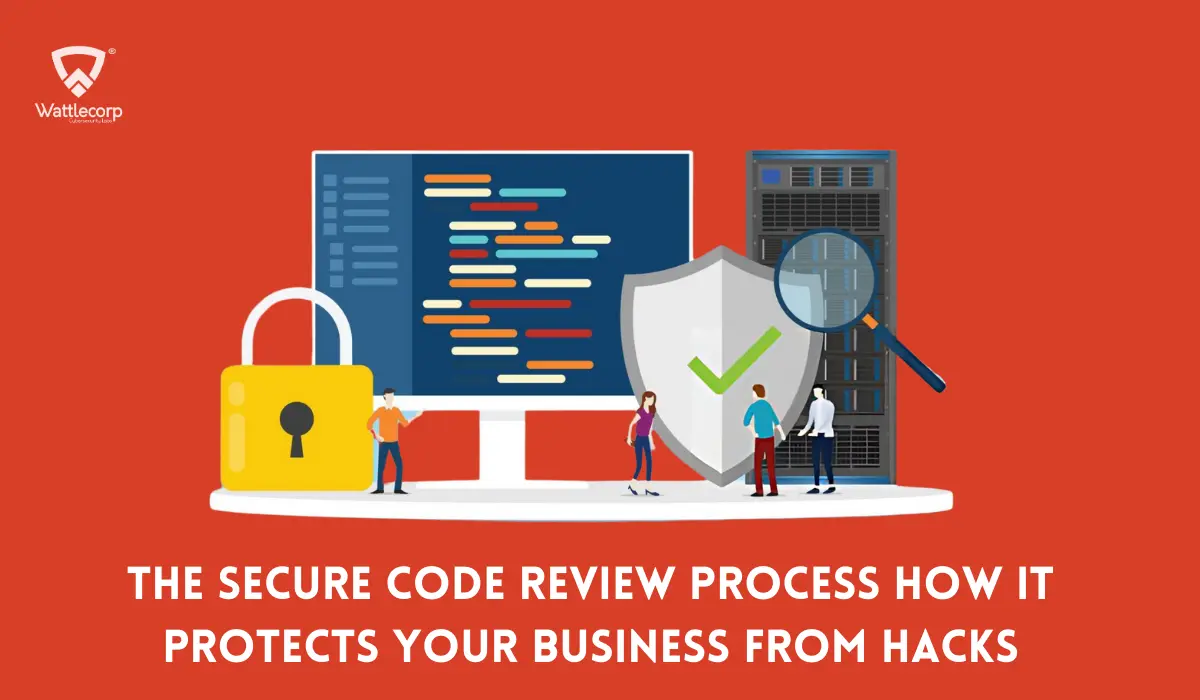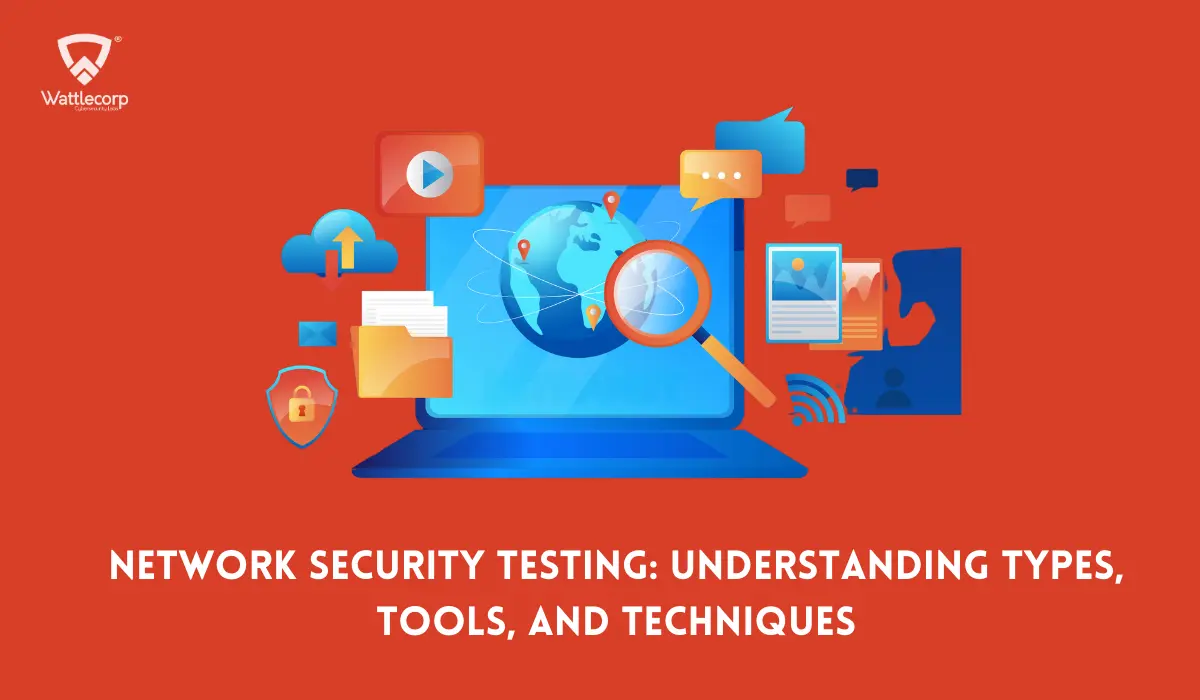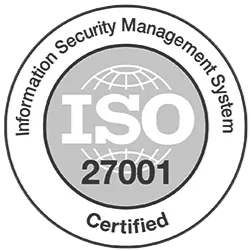Cloud security audits are required to guarantee that applications and data housed in the cloud are protected from unauthorised access and theft. Cloud providers level the playing field by allowing enterprises to put their programs and data in the cloud.
As companies migrate more of their data and infrastructure to the cloud, ensuring strong security has become paramount. Auditing your cloud environments regularly is crucial to identify any potential vulnerabilities or misconfigurations before they can be exploited.
In this blog post, we will provide a cloud security audit checklist and outline the key steps to take when conducting an audit of your cloud platforms and workloads. Following established best practices around auditing can help verify security controls are working as intended and minimize risk.
Table of Contents
ToggleWhat is A Cloud Security Audit?
A cloud security audit is the process of methodically evaluating and testing the effectiveness of security measures implemented within cloud computing environments to identify potential weaknesses, gaps, misconfigurations, or compliance violations that could lead to threats exploiting vulnerabilities.

By assessing cloud infrastructure, applications, identities, and data protection against prescribed best practice frameworks and organizational policies, security audits validate that adequate safeguards are in place to mitigate risks. Given the shared responsibility model of cloud security, assessments need to cover controls managed by cloud providers as well as those overseen by consumers.
The scope includes public cloud platforms like Microsoft Azure, Amazon Web Services, and Google Cloud Platform as well as private clouds built on platforms like VMware or OpenStack and hybrid environments bridging both. Specific assets audited span servers, containers, data stores, serverless functions, identity stores, storage services, and virtual networks provisioned in scope cloud providers. While some audits may focus only on technical configurations, more robust evaluations also examine supporting policies, processes, roles, and responsibilities across security, compliance, engineering, and DevOps teams in addition to technology safeguards.
The breadth, depth, and methodology vary based on the use case – posture analysis, regulatory compliance, risk assessments, penetration tests, etc. By establishing an accurate baseline and testing rigorously, security audits build transparency into the effectiveness of security controls already implemented while surfacing specific areas still vulnerable. Developing actionable remediation roadmaps and executing continuously allows for managing cloud security risks adaptively over time.
The key objectives of a cloud security audit typically include:
1. Validating compliance with applicable regulations and standards related to data security, privacy, risk management, etc. This could include HIPAA, PCI DSS, SOC 2, ISO 27001, etc.
2. Assessing the effectiveness of security measures implemented in the cloud to manage risks like unauthorized access, vulnerabilities, data leaks, etc.
3. Identifying potential security gaps, misconfigurations, and unsafe practices that need to be remediated.
4. Evaluating security posture management processes like incident response, disaster recovery, encryption key handling, user access reviews, etc.
5. Testing security monitoring and controls are functioning correctly via scans, penetration testing, and simulations.
6. Determining security team skills, policies, and processes meet best practices for the cloud.
The process involves mapping out the cloud inventory and architecture and then developing a risk-based test plan based on factors like compliance needs, data sensitivity, and attack vectors. Both automated tools and manual checks aid auditors in gathering security telemetry across different layers like application code, data, infrastructure, configurations, accounts, and network traffic. The final deliverables highlight positive security findings and actionable recommendations to resolve issues uncovered to strengthen cloud defenses over time. Conducting periodic audits is essential for gaining trust in cloud security.
Creating A Cloud Security Audit Framework
Objectives for creating an audit framework may focus on compliance validation, risk assessment, or general cloud security posture. The scope will be assessing specific cloud platforms like Microsoft Azure, AWS, or Google Cloud Platform.

The exact methodology, timing, resources, and deliverables will depend on internal policies and needs.
- Define Audit Scope and Objectives Determine the cloud platforms, applications, resources, and period the audit will cover. Identify key questions and concerns the audit aims to address around security, compliance or risk.
- Understand Cloud Environments Gather inventories of cloud resources, data flows, infrastructure, roles, and permissions. Review architecture diagrams, policies, processes, and capabilities.
- Develop Audit Plan and Checklists Document the methods, types of tests, sampling size, expected results, and reporting format. Create test checklists aligned to standards like CIS Benchmarks, NIST CSF, or organization specifics.
- Conduct Automated Assessments Leverage cloud native tools like AWS Inspector or third-party products to analyze configurations, vulnerability scanning, anomaly detection, and threat modeling.
- Perform Manual Inspections and carry out hands-on validations based on checklists for accounts, network security groups, encryption settings, logging, etc.
- Interview Stakeholders to discuss with cloud teams, engineers, and end-users on current security processes, technologies, and skills.
- Compile Audit Results Aggregate findings across various tests and checks performed aligned to the reporting format defined earlier.
- Evaluate and Prioritize Risks Assign risk scores or ratings based on likelihood and business impact. Model different threat scenarios.
- Remediate Deficiencies For each major finding, create a remediation plan with owners, solutions, and timeframes based on risk appetite.
- Finalize Audit Report Document positive findings, summarize risks, define improvement roadmap, and track remediation progress over time.
Key Audit Focus Areas for Cloud Security Framework Assessment
Cloud environments have expanded attack surfaces and risk exposures that organizations need to stay vigilant of. While infrastructure security is partially inherited from leading cloud providers, customers bear responsibility for securing workloads, data, identities, and application logic deployed in the cloud. Conducting rigorous audits across key areas assures that protections match organizational policies, industry best practices, and compliance obligations – closing gaps before threats emerge.
Identity and Access Management (IAM)
- Review all human and machine identities. Check appropriate identity lifecycle management exists.
- Validate the principle of least privilege to reduce the attack surface.
- Analyze activity logging for anomalies
Network Security
- Assess network topology diagrams including virtual networks, firewalls, remote access paths
- Verify security groups, network ACLs permit only necessary traffic
- Check exposures of administration ports and services
Data Security
- Classify the sensitivity of inventoried data
- Confirm encryption applied correctly in transit and at rest
- Review data retention policies and disposal procedures
Vulnerability Management
- Utilize vulnerability scanning tools to identify software flaws
- Check for unpatched operating systems, apps, libraries
- Review administrative logins to instances
Compliance
- Map applicable regulations like HIPAA, PCI, and GDPR to cloud resources
- Validate controls evidence meets mandates
Remediating Audit Findings
- The most crucial step comes after audits are complete by addressing discovered deficiencies expeditiously.
- Engineering tickets for platform changes
- Configuration adjustments
- Additional employee security training
- Investing in new security tools
Conducting Regular Security Audit Of Cloud Security Frameworks
- Identify Gaps and Risks Audits proactively uncover misconfigurations, unsafe practices, software flaws, and other vulnerabilities before they can be exploited by attackers. Knowing where the security weak spots exist allows prompt remediation.
- Meet Compliance Mandates mapped properly, audits verify cloud resources and data meet security and privacy regulations like HIPAA, PCI DSS, and GDPR that companies must comply with.
- Improve Security Posture Audits validate that configurations follow best practice hardening guidelines like CIS Benchmarks appropriate for cloud infrastructure. Security posture management improves over time.
- Systematized governance documented policies, procedures, standards, and checks institutionalize secure cloud governance rather than relying just on ad-hoc efforts.
- Prepare for Security Incidents Comprehensive audits with mitigation strategies help strengthen incident response plans and disaster recovery capabilities.
- Promote Accountability Defining roles and responsibilities around remediating audit findings and risk acceptance holds specific teams accountable.
- Build Trust with Customers Transparent external audits providing independent trust verification attract more security and risk-conscious customers.
Consistent auditing processes lead to continuous security assurance even as cloud usage scales across hybrid environments. The visibility, control, and risk reduction possible make audits an indispensable component companies adopt cloud computing
Auditing cloud platforms frequently using methodical frameworks and purpose-built automation tools provides much-needed transparency into risks and validates the effectiveness of deployed security controls. Frameworks like CSA, CCM provide comprehensive audit checklists spanning data security, identity management, networking, encryption, and more based on cloud security best practices. Cloud security posture management (CSPM) solutions from vendors like Microsoft, Prisma, and Dome9 continuously run automated assessments against these frameworks – identifying areas meeting and failing compliance standards.
By leveraging standards-based frameworks tailored to cloud infrastructure and automation capabilities, organizations can audit environments rigorously on at least a quarterly basis. Scheduling recurring audits into workflows ensures they occur versus just hoping assessments happen. Audit automation also streamlines evaluations against the numerous best practices while still allowing manual verification as needed. Investing in audit automation pays dividends enabling continuous assurance. Wattlecorp provides a wide range of cybersecurity services including managed cloud security services, AWS cloud server hardening, azure cloud server hardening, and GCP cloud server hardening. Contact us for managed cloud security services and get secured.


